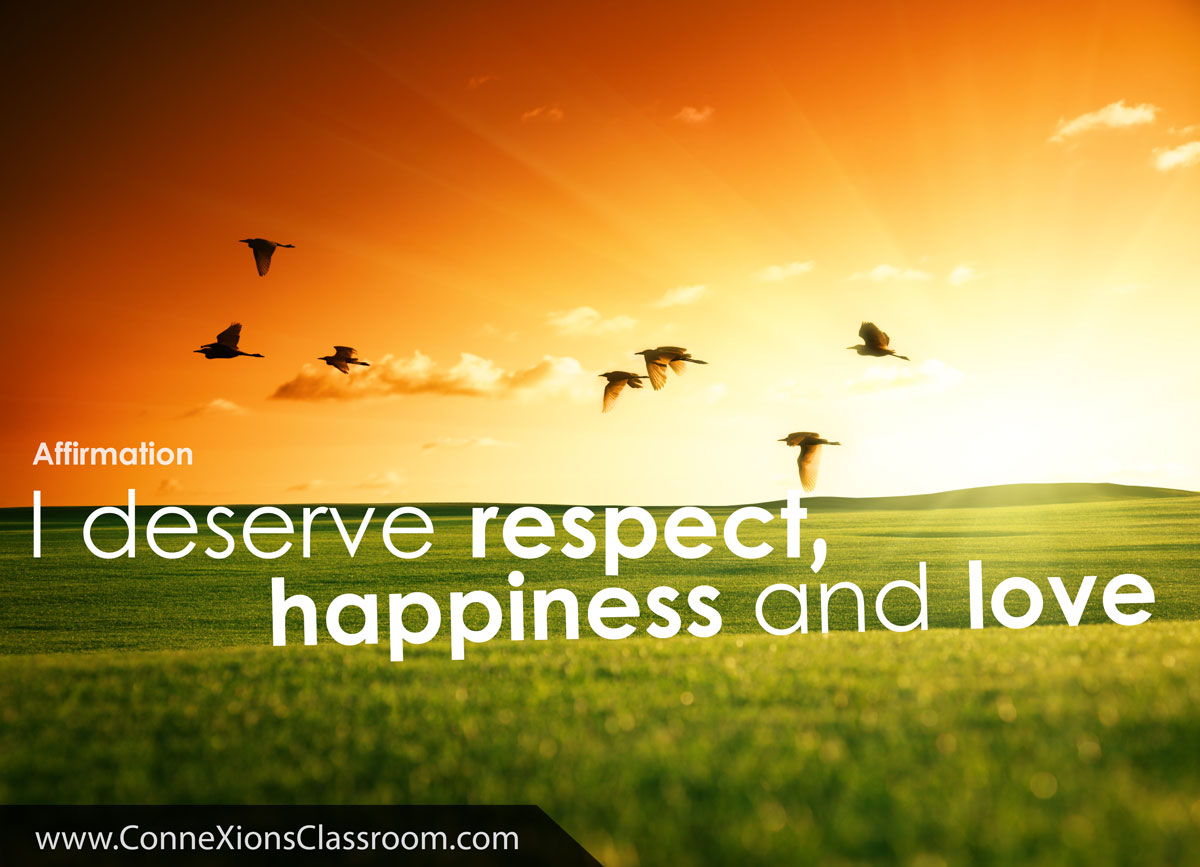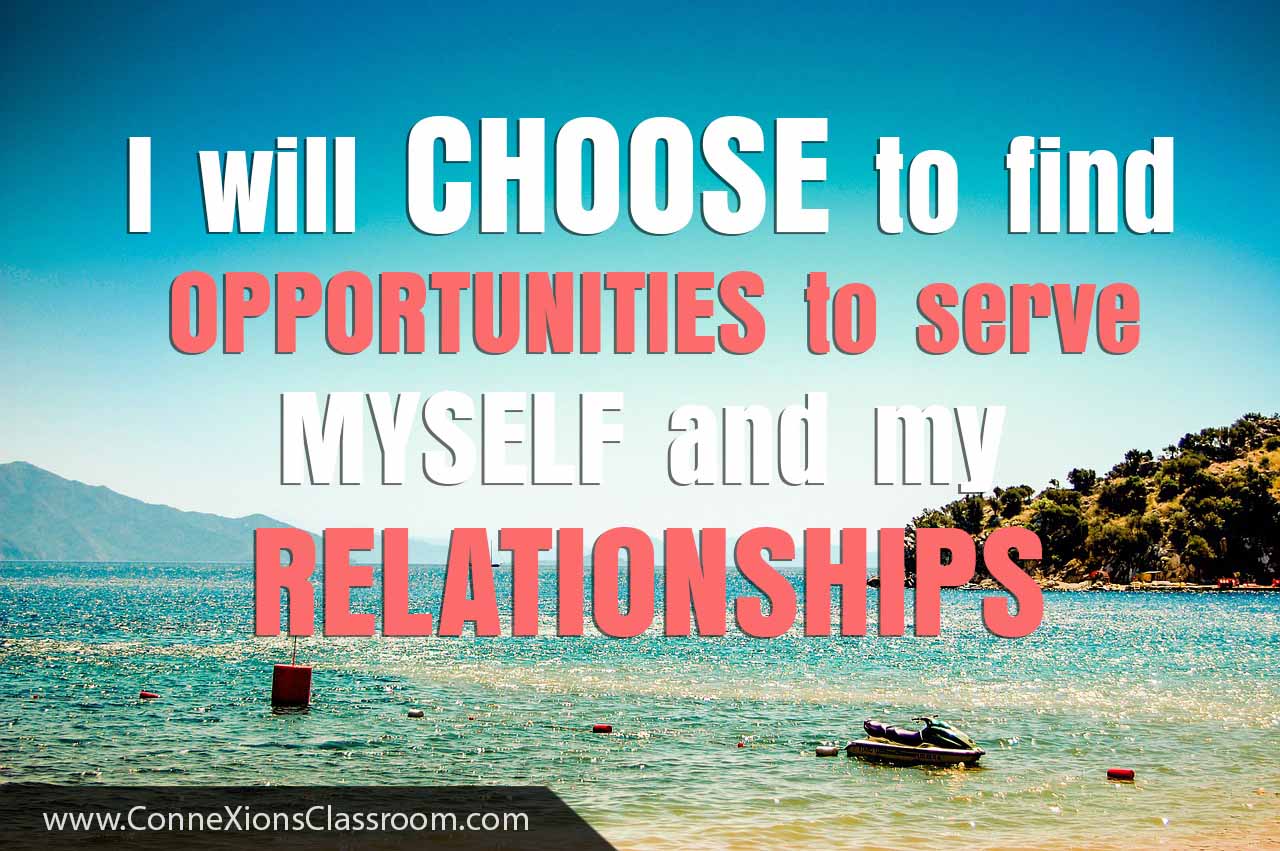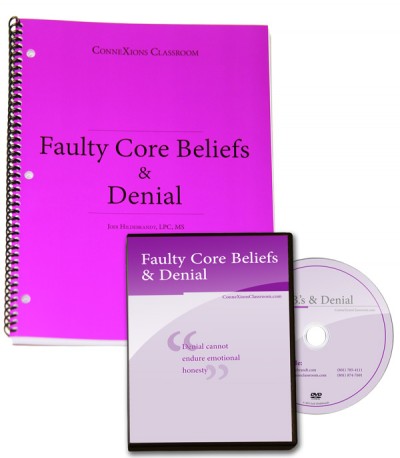Have you ever wondered why you have impulses, desires and passions? Do they frighten you at times? Or do you obey them, answer their every complaint, and feel trapped and enslaved to them? The infographic and article below are for you.
Desires (passions) include spiritual, emotional, physical, sensual, sexual and intellectual forces. Our desires / passions drive us to become “passionate about” various things. For example, my passions could develop passionate interests in religious study/observance, music, sports, fishing, work, parenting, teaching others, learning, gardening, etc.
To give you an example of how to appreciate the power of passion, let’s talk about a horse.
Yes, a horse.
A Bridle
Consider the statement, “bridle your passions, so you may be filled with love.” This may strike you as paradoxical—“bridle” my passions, and that will increase my love? This seems counter-intuitive. Actually, to bridle does not mean to constrict, choke, manhandle, control, fight with, beat into submission, etc. It is a term from horsemanship which means something more like appreciate, understand, train, direct, master, utilize, groom, cultivate, educate, exercise, school, connect with, etc.
I’ve had opportunities to ride horses at various times in my life. In order to direct a horse, a bridle is put on it. It has a bit in its mouth and I hold the reins in my hands. In addition to allowing me to physically communicate with the horse, the bridle represents the fact that the horse has already been trained. That training process is difficult and involves a head-to-head “face-off” or power struggle between the horse and the trainer.
Once the trainer has mastered the horse, it submits and then becomes useful. Prior to training, the horse will run wild and free, do whatever it impulsively feels to do, and could very likely injure or kill any person who attempts to ride it. After being trained, however, it can be ridden and directed. Its energy and power are harnessed and can be used to travel or pull loads. As a rider, one develops a profound relationship with his or her horse; it is not, as you might think, akin to a slave-driver and slave relationship. Rather, there is a physical, emotional and even spiritual connection as the horse and rider learn to move together, sense each other’s needs and desires, and work together to accomplish the goals of the rider, with dignity and respect for each other.
In like manner, passions, desires and impulses are very necessary and incredibly important. They provide the moving power that drives us to act. Without them, we could not make choices because we would be despondent—lacking the power to follow through. However, like a wild, untamed horse, our passions do not consider consequences or outcomes of choices. Passions do precisely and only what passions do: drive us to act. They simply “push” us to behave impulsively. If we do not train and bridle our passions, we will be “thrown off the horse” and injured or killed.
On the other hand, by training our passions, we engage in a relationship with them, and we forge connection within ourselves. When we are connected with our passions, we are able to instruct them and be instructed by them. We are able to understand and “read” them quickly, and understand their messages clearly. We become a “team” with our passions, in the way an experienced horse and rider move together like one organism.
Intention
We can use our passions for their intended purpose. We can dispassionately consider the information (impulses) which they give us, and then choose a course of action. Whatever course of action we choose, our passions and desires will give us power and energy to move down that road, just as a horse, directed by a rider, allows both horse and rider to move swiftly and safely towards an intended destination.
When we lovingly master our passions and desires, they provide the energy that enables to travel down the roads we wish to travel—like fuel in a car. We need those passions, but we also must be the master of them in order to prevent destruction. The fuel we put in our cars is highly flammable, and when not kept under strict control (boundaries), it can lead to disastrous outcomes. However, when handled properly, the danger is averted and the benefits are enjoyed by millions of people.
Another example: Nuclear Energy
The atomic bomb dropped on the city of Hiroshima, Japan contained approximately 140 pounds of 80% enriched uranium. This material contains incredible energy. The resulting explosion was horrific. In a flash, much of the city was demolished and/or left devoid of life. People were instantly shot through with so much atomic energy that they died. However, only a tiny percentage of the 140 pounds of fuel actually reached critical mass and exploded—most of the energy was wasted. After the explosion, there was wreckage and destruction, and then the energy dissipated and disappeared.
By contrast, nuclear power plants use roughly the same weight of uranium fuel each day as did the Hiroshima atomic bomb. However, the uranium in nuclear power reactors is enriched to a maximum of only 5%. So the actual mass of reactive uranium is a tiny fraction of what was required by the Hiroshima atomic bomb. However, instead of destroying cities, harnessed nuclear energy is used to power thousands of homes and businesses. Even in its relatively unenriched state, a block of nuclear fuel might last two years inside of a reactor. The energy of the reaction is utilized to accomplish a goal, and it is far more efficient, constructive and useful than the brilliant, destructive and wasteful flash of a bomb.
The Common Connection
When a horse and rider connect, there is an explosive energy that is tamed and directed with laser-focus towards a single objective: locomotion towards an intended destination. When the (literally) explosive energy of an atomic reaction is “bridled,” the intended goal is to connect people with electrical energy.
Passions and desires are the moving force for connection. Boundaries and choice are the bridle, machinery or scaffolding which allow the force of passion, desire and connection to be utilized and actualized in safe, responsible, uplifting and creative ways.






